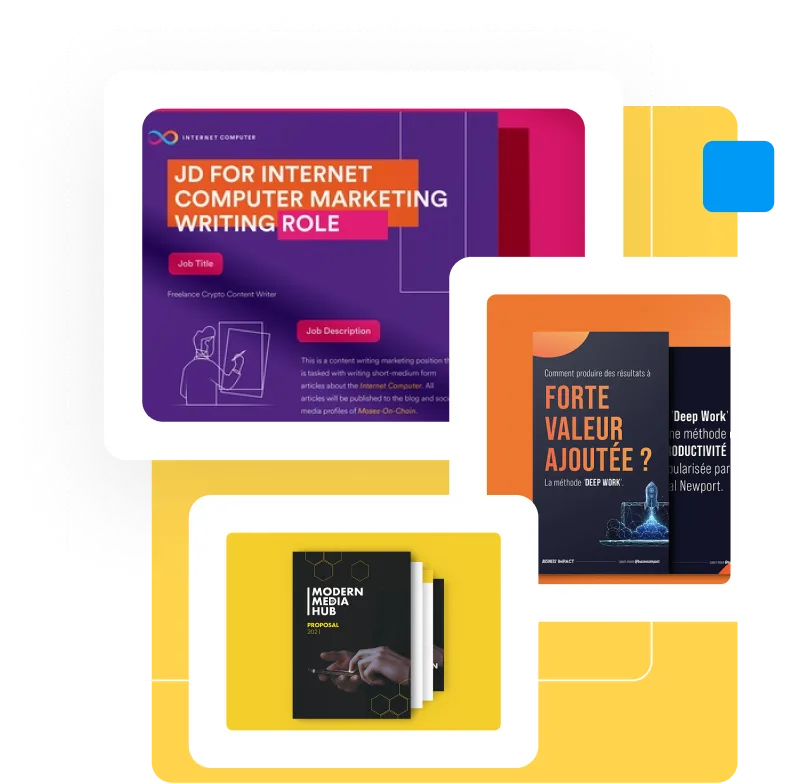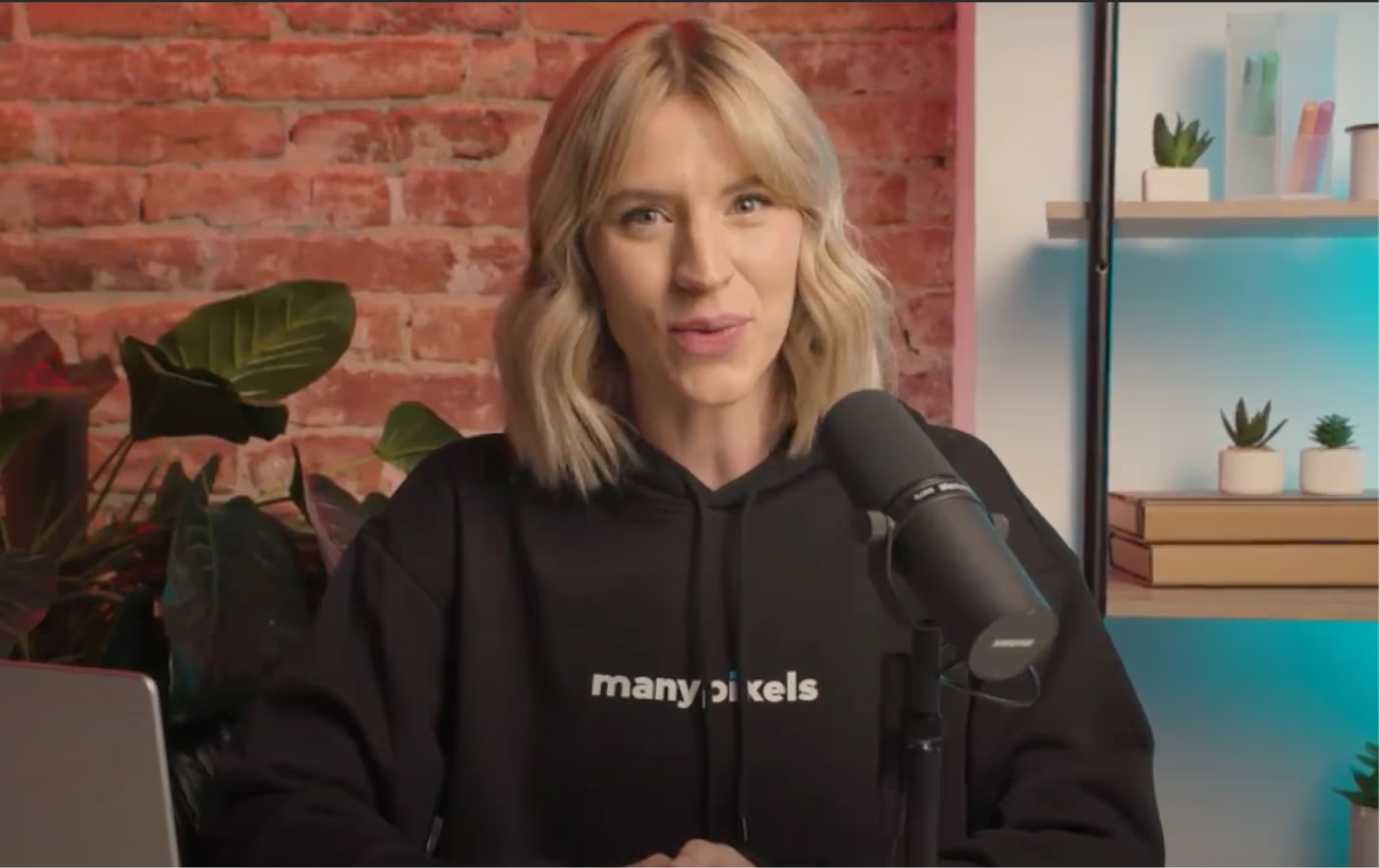
.jpg)
Retail Advertising for Newbies: How to Make Your Brand Shine
Want to make your retail brand a success? Here’s everything you need to know about retail media advertising - from definitions and types, to the hottest trends to observe!

.svg)
Retail advertising has transformed more in the last five years than it did in the previous two decades.
With the explosion of e-commerce, AI, and heaps of new retail design trends, advertisers now face a world where the path from discovery to purchase is shorter—and more measurable—than ever before.
This guide will explore what is retail advertising, the main types, key retail advertising examples, and emerging retail media advertising trends in 2025 that are shaping how brands connect with consumers.
What is retail advertising?
Retail advertising is a promotional strategy used by retailers and brands to encourage consumers to purchase specific products—either online or in a brick and mortar store.
Unlike brand advertising, which focuses on building long-term perception, retail advertising is about driving sales.
Here are some of the main characteristics of retail media advertising.
- Product-focused: Retail advertising centers around a single product or offer. Instead of emphasizing the brand story, it highlights product features, pricing and availability.
- Location-specific: Many eretail ad campaigns aim to bring customers to a particular location (online or offline). So ads might highlight the location of the physical store and/or delivery options online.
- Time-sensitive: Think about big holidays like Christmas or Black Friday - you often see ads that create a sense of urgency and promote seasonal or limited-time offers or events.
- Price-oriented: Since the main goal of retail advertising are getting customers to the point of purchase, it’s only logical retail ads often focus on the price of a product and/or value savings.
- High volume: Retail advertising campaigns often have a much shorter time span than brand awareness campaigns. So, they have a much higher volume and often utilize mass media channels or digital retargeting.
- Customer centric: With retargetting, retail ads often target people already interested in the brand and those at the bottom of the marketing funnel.
- Visually driven: Good ad design is paramount in retail media advertising. The main goal of a great retail ad design is to convey all the necessary information and create a sense of urgency.
- Call-to-action focused: Besides product (features) and pricing, the third key element of a great retail ad is the CTA. This is what will help you get potential customers to the point of sale. Some best practices are using, straightforward language that creates a sense of urgency (e.g. “Buy Now”, “Click Here”, “Visit Store”).
- Multichannel approach: Long gone are the days when the only for of retail advertising were in-store ads. Today marketers combine offline and digital marketing to create seamless retail experiences, and increase sales and customer engagement.
Types of retail advertising
Retail advertising can be categorized into two broad groups: traditional and digital advertising, with the latter encompassing the fast-growing space of retail media advertising.
Traditional retail advertising
- Print Media
Ads in newspapers, catalogs, direct mail, and coupons. These are used for local reach or targeting less digitally savvy demographics. - Broadcast Media
TV and radio ads are still used by large chains like Macy’s or Walmart, especially around holidays. - In-Store Displays & Signage
These include endcaps, window posters, standees, shelf-talkers, and more. These target shoppers during their physical path to purchase. - Outdoor Advertising
Billboards, bus stops, and retail-specific geofenced ads placed near competitor stores or malls. - Event-Based Advertising
Retailers often sponsor or host local events, pop-up shops, or seasonal activations.
Digital retail advertising / retail media advertising
If you want your retail brand to stay relevant in 2025 - these are the advertising channels you need to embrace.
1. On-Site Retail Media Ads
These appear on the retailer’s own website or app:
- Sponsored products
- Banner and display ads
- Homepage takeover ads
2. Off-Site Retail Media Ads
Using retailer data to target ads on platforms like:
- Google, Facebook, TikTok, Instagram
- Programmatic display
- Connected TV (CTV)
- Streaming audio
3. In-Store Digital Retail Media
- Smart shelf screens
- In-aisle tablets or endcap video loops
- Checkout digital signage
- In-store audio ads
4. Shoppable Media
Integrating buy buttons directly into media (e.g., QR codes on CTV ads, TikTok shop, Instagram checkout).
5. Loyalty-Based Advertising
Using loyalty app data to trigger SMS offers, push notifications, or email promos tied to shopping behavior.
6. Retail Media Networks (RMNs)
These platforms are a specific type of retail media advertising. These include custom platforms built by retailers to sell ad space. Some famous examples include Amazon Ads, Walmart Connect and Target Roundel.
Real-life retail advertising examples to learn from
Theoretical knowledge is all good and well. But nothing beats some practical tips. Here are
Let’s look at some of the most compelling retail advertising examples that illustrate the power and diversity of these campaigns.
1. Amazon Sponsored Brands and Products
Amazon’s retail media platform enables brands to bid on placements in product listings and search results. These ads drive more than 40% of total Amazon sales and deliver an average return of 3x ROI.
Another great thing about this retail advertising example is that the sponsored Amazon listing images look the same as every other and fit organically into the UI. This way Amazon is able to boost sales of certain fast-selling brands, without putting off customers with noisy ads.

2. Kroger In-Store Audio Advertising
Kroger’s in-store radio reaches millions of weekly shoppers. The supermarket chain allows brands to place 15–30 second ads between music, promoting deals on cereal, beverages, or snacks.
Although it’s a bit retro, this form of retail advertising is still highly effective. And the secret is a simple "right place, right time formula”. If you hear that your favorite product is discounted, and you’re already doing your weekly shopping, there’s a good chance you’ll head over to find it.
3. Sephora’s AR Try-On + Digital Ads
While it’s easy to return clothes that don’t suit you, opened makeup products are a different story.
Sephora’s mobile app lets users virtually try on makeup, which helps with people who are apprehensive about buying makeup online. They also use retargeting ads across Facebook and Instagram with personal offers to boost sales even further.

4. IKEA’s Back to College Snapchat Campaign
Here’s another great retail advertising example that uses popular technology.
IKEA’s “Back to College” campaign used Snapchat to help students get excited about decorating their dorm rooms. They worked with the popular influencer duo Superfruit to create a fun, interactive video where viewers could choose how they wanted to style a dorm room.
Instead of just showing cheap prices, the campaign focused on making rooms feel stylish and personal. The video was like a choose-your-own-adventure story, and people spent a lot of time watching and sharing it. It helped IKEA stand out and got students more interested in their products for the school year.

Key Trends in Retail Advertising for 2025
The retail media space is projected to exceed $160 billion in global ad spend by 2027, surpassing TV ads. Here are the trends fueling this explosive growth.
Trend 1: First-Party Data is King
Retailers are sitting on a goldmine of customer data. In a post-cookie world, this makes them powerful media owners.
According to eMarketer, 68% of brands are shifting budget from social ads to retail media because of better data accuracy.
On top of that, loyalty programs can also offer valuable insights into purchasing behavior and improve marketing effectiveness.
Trend 2: In-Store Media Gets Smarter
Expect more screens, more audio, and more personalization. Retailers are digitizing physical spaces, turning every aisle and checkout into media real estate.
A recent Deloitte study found 1 in 3 shoppers now notice in-store digital signage, up 25% from 2023. So, it pays to invest in more modern digital signage which can also utilize customer data.
Trend 3: AI-Powered Creative and Personalization
AI is now generating headlines, product descriptions, and even video ads tailored to individual shopper profiles.
AI personalization boosts conversions by up to 30%, according to McKinsey.
Trend 4: CTV x Retail Data = High-Impact Storytelling
Retailers like Amazon and Target are now blending retail data into CTV ads. For example, a family that recently bought diapers may be shown a baby food ad on Hulu or Prime Video.
Retail data + TV-scale storytelling = perfect top-of-funnel meets bottom-of-funnel..
Trend 5: Shoppable Content Is Everywhere
From live TikTok product drops to QR codes on packaging and CTV, interactive commerce is blurring the line between ad and storefront.
Shopify data shows shoppable video increases conversions by 48% compared to static ads.
Challenges in Retail Advertising
Despite the promise, retail advertising isn’t plug-and-play. Here are some common hurdles that are particularly potent in retail media advertising.
Creative Fatigue
At the end of the day, retail is all about selling products. And there are very few products (especially physical ones) that can be considered truly groundbreaking.
So, ad creatives often feel generic and easy to overlook. The best way to avoid this is to stay connected to your target audience, with design and messaging that resonates with them.
Offline vs. Online
Although the combined approach is best, it can be difficult to match online impressions to online sales. This might mean you end up spending on channels that are actually underperforming, and not relevant to your target audience.
Fragmentation
Another downside of the multichannel approach is jugging data, formats and measurement standards across lots of different platforms.
To ensure you spend your marketing budget effectively allow for a trial period with lots of different platforms and then try to decide which ones work best.
Budget Trade-Offs
With things like digital signage, and large-scale billboards retail media advertising is still typically a lot more expensive than the rest. So, this might mean you have to compromise on the number of platforms you use, or sometimes in your ad design.
Still, there are smart ways to avoid this, for example a graphic design subscription. With one fixed monthly rate you’ll get all the ad graphics you need, from custom motion designs to in-store signage, and everything in between.
{{ADS_PORTFOLIO="/dev/components"}}
The Future of Retail Advertising: 2026 and Beyond
Looking ahead, expect even more innovation:
- Augmented Reality Everywhere
AR tools will expand beyond beauty and furniture into grocery, fashion, and DIY. - Voice-Activated Shopping Ads
Think Alexa or Siri recommending Tide when you say “laundry detergent.” - Retail AI Agents
Personalized bots will help customers discover products based on preferences, budgets, and behavior. - Dynamic Pricing Ads
Ads that change based on inventory or real-time demand. - Zero-Party Data Integration
Loyalty apps and quizzes collecting declared preferences to customize offers.
Conclusion
Retail advertising is no longer just about a poster in the store window. It’s a full-spectrum, data-driven discipline powered by tech, targeting, and the shopping journey itself.
With retail media advertising leading the charge, retailers are no longer just merchants—they're publishers. And brands? They’re learning to become smart media buyers within this ecosystem.
To succeed in 2025 and beyond, marketers must understand what is retail advertising in its modern form: a convergence of commerce and content, where attention is bought and
Having lived and studied in London and Berlin, I'm back in native Serbia, working remotely and writing short stories and plays in my free time. With previous experience in the nonprofit sector, I'm currently writing about the universal language of good graphic design. I make mix CDs and my playlists are almost exclusively 1960s.
A design solution you will love
Fast & Reliable
Fixed Monthly Rate
Flexible & Scalable
Pro Designers





.jpg)

.jpg)
